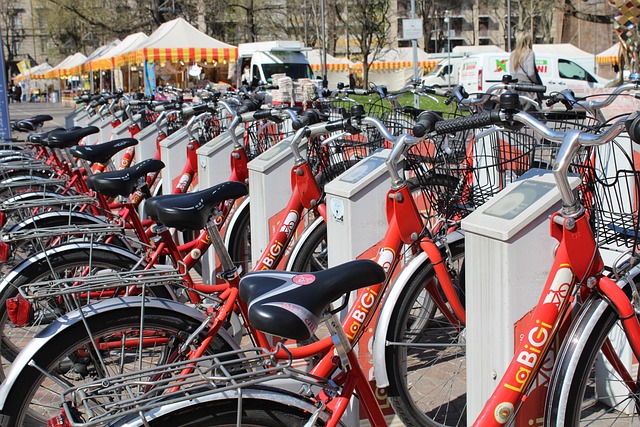Pedaling Towards Sustainable Rural Development: Municipal Bicycle Transport
In recent years, the concept of sustainable municipal transport has gained remarkable traction, especially in rural areas where resources are limited and the need for efficient transportation solutions is critical. Bicycles offer a unique opportunity to create environmentally friendly transport systems that can significantly enhance rural development, while also fostering community health and connectivity.
Transport sustainability goes beyond merely reducing emissions; it encompasses a holistic approach to mobility that promotes economic growth, social inclusion, and environmental stewardship. With bicycles as a central element, municipalities can foster a culture of sustainable transport that addresses the unique challenges faced by rural communities.
The Case for Bicycle Transport in Rural Areas
Rural areas often struggle with inadequate public transport options, leading to isolation for residents and limited access to jobs, education, and healthcare. By integrating bicycle transport into municipal planning, local governments can bridge these gaps. Bicycles are not only cost-effective; they also require far less infrastructure than motor vehicles, making them a feasible option for areas with tight budgets.
Implementing bicycle-friendly policies – such as designated bike lanes, secure parking, and cycling incentives – can empower residents to opt for bicycles over cars. This shift can contribute to reduced traffic congestion, lower maintenance costs for roads, and improved air quality. Moreover, enhancing the cycling infrastructure demonstrates a commitment to sustainable practices that resonate with eco-conscious citizens.
Benefits of Sustainable Municipal Transport
Using bicycles as a primary mode of transport brings numerous benefits:
- Environmental Impact: Bicycles are zero-emission vehicles. By promoting their use, municipalities can significantly lower greenhouse gas emissions and combat climate change.
- Health Improvements: Cycling is a fantastic form of exercise. Encouraging bicycle use among residents can lead to improved public health, reducing healthcare costs associated with sedentary lifestyles.
- Economic Revitalization: Investments in cycling infrastructure can stimulate local economies. Bike shops, repair services, and cycling events can generate jobs and foster entrepreneurship.
- Community Cohesion: Bicycles promote social interaction. As more residents cycle, communities become more connected, creating a sense of belonging and fostering friendships.
Challenges and Solutions
Despite the clear benefits, promoting bicycle transport in rural areas is not without challenges. Limited funding, lack of awareness, and insufficient infrastructure can hinder the adoption of sustainable municipal transport. However, communities can overcome these obstacles through:
- Community Engagement: Involving residents in planning efforts ensures that cycling initiatives meet their needs and gain local support.
- Partnerships: Collaborating with local businesses, NGOs, and health organizations can provide additional resources and ideas for effective cycling programs.
- Education Campaigns: Raising awareness about the benefits of cycling and how to commute safely can encourage more residents to choose bicycles.
By championing sustainable municipal transport through cycling initiatives, rural areas can pave the way towards a healthier, more sustainable, and connected future. The road ahead may be long, but every pedal stroke counts towards building vibrant and resilient communities.




